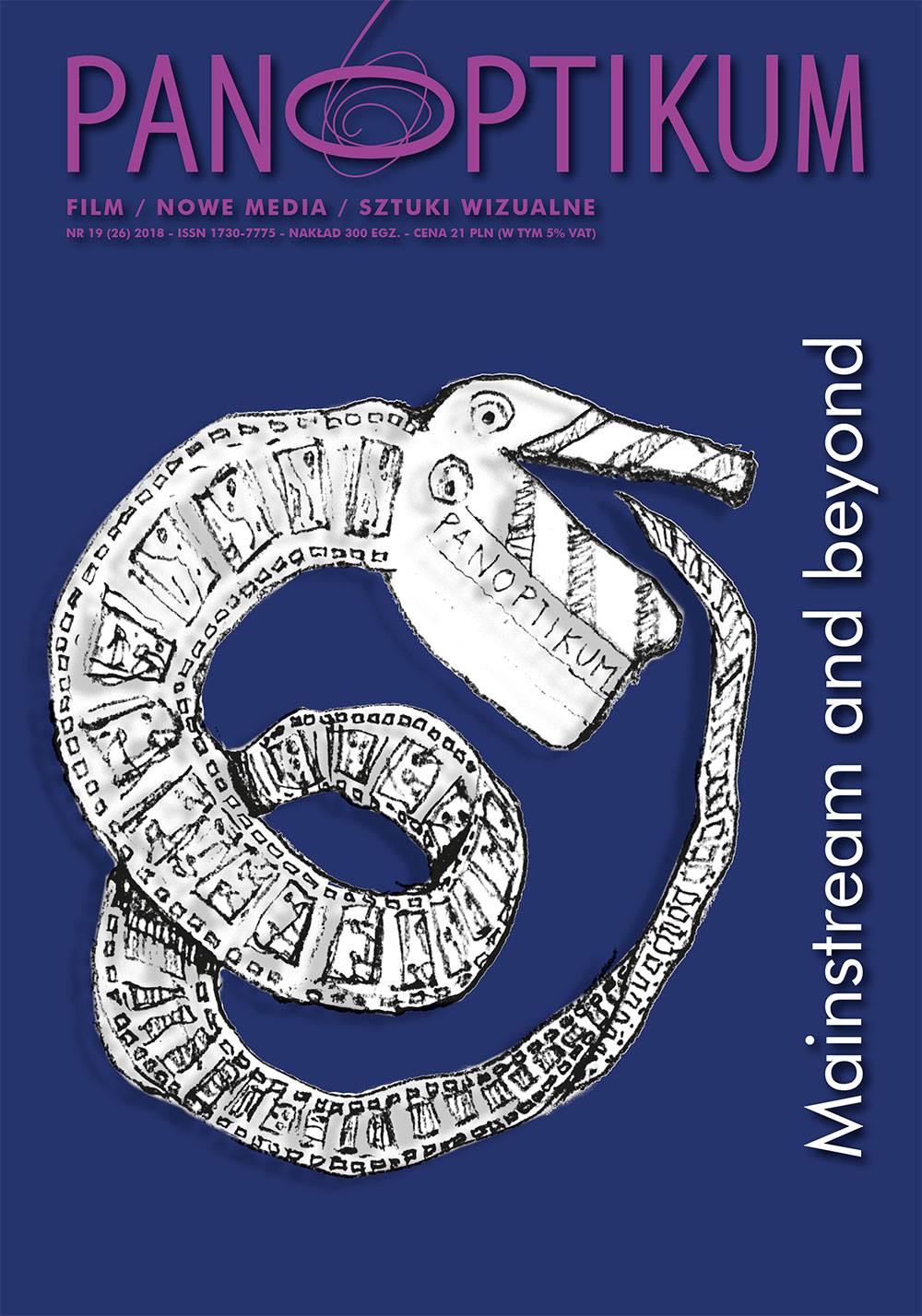Trapped in Amber: The New Materialities of Memory
DOI:
https://doi.org/10.26881/pan.2018.19.10Słowa kluczowe:
memory studies, obscolescence, media archeologyAbstrakt
The term ‘obsolescence’ has in recent years re-entered the vocabulary of the art world, memory studies and new media historians. In the process, it has significantly changed its meaning and enlarged its semantic and evaluative range, even signifying something like heroic resistance to relentless new-ness or superficial novelty, even becoming the badge of honour for all that is no longer useful (for capitalism, for appropriation, for instrumental objectification). Anyone engaged with ‘found footage’ films, with home movies or our analogue cinematic legacy knows that the strategic use of obsolescence lies in the fact that it is a term that inevitably associates with both capitalism and technology. Hence obsolescence is of special interest in the context of contemporary cinema, since it provides a counterweight – the materiality of memory, and the methodology of media archaeology – to the immateriality and virtuality of the digital. But the obsolescence of celluloid also gives us a kind of ‘fossil record’ of what has become of the filmic ‘medium’ when we see it in the broader context of the ‘geological’ time of media, and as part of the ‘archival’ turn that memory studies have taken in the 21st century.

 Uniwersyteckie Czasopisma Naukowe
Uniwersyteckie Czasopisma Naukowe









